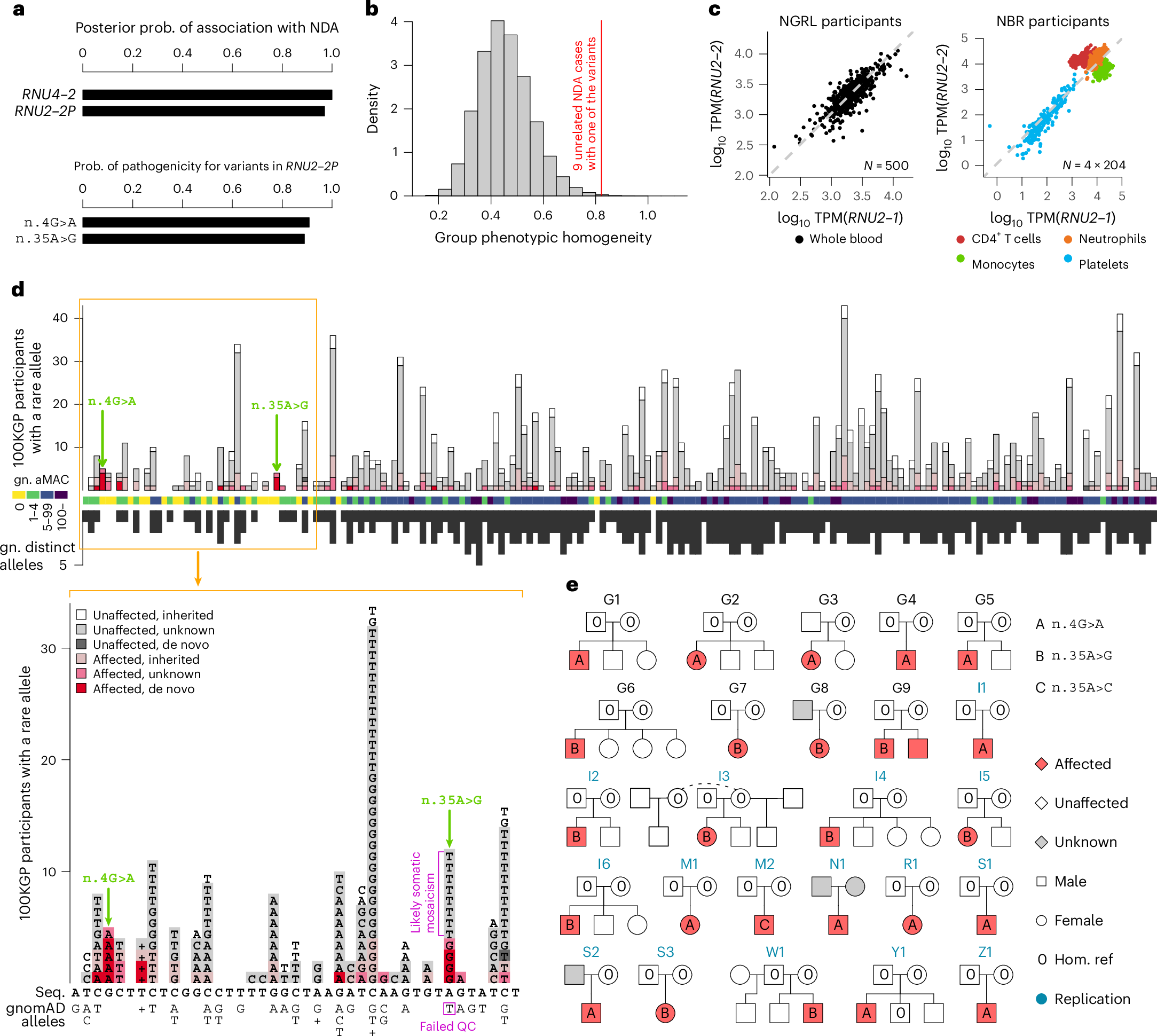2025-04-10 バージニア工科大学(Virginia Tech)
<関連情報>
- https://news.vt.edu/articles/2025/04/hantavirus-environmental-factors-influence-distribution-paanwaris-paansri-luis-escobar.html
- https://esajournals.onlinelibrary.wiley.com/doi/10.1002/ecs2.70209
米国におけるげっ歯類のハンタウイルス: 時間的・空間的傾向と新たな宿主の報告 Hantavirus in rodents in the United States: Temporal and spatial trends and report of new hosts
Francisca Astorga, Abdelghafar Alkishe, Paanwaris Paansri, Gabriel Mantilla, Luis E. Escobar
Ecosphere Published: 16 March 2025
DOI:https://doi.org/10.1002/ecs2.70209

Abstract
In North America, the rodent-borne hantavirus pulmonary syndrome is predominantly caused by the Sin Nombre virus, typically associated with the deer mouse Peromyscus maniculatus. Utilizing data from the National Ecological Observatory Network (NEON) hantavirus program, we assessed factors that may influence the spatial and temporal distribution of hantavirus in rodent populations across the United States. Between 2014 and 2019, the NEON hantavirus program conducted 104,379 small mammal captures and collected 14,004 blood samples from 49 species at 45 field sites. Our study identified 296 seropositive samples across 15 rodent species, including 8 Peromyscus species. We describe six new species with hantavirus seropositive samples not previously reported as hantavirus hosts. The highest number of seropositive samples was obtained from Pe. maniculatus (n = 116; 2.9% seroprevalence), followed by Peromyscus leucopus (n = 96; 2.8%) and Microtus pennsylvanicus (n = 33; 4.2%). Hantavirus seroprevalence showed an uneven spatial distribution, with the highest seroprevalence found in Virginia (7.8%, 99 seropositive samples), Colorado (5.7%, n = 37), and Texas (4.8%, n = 19). Hantavirus seropositive samples were obtained from 32 sites, 10 of which presented seropositive samples in species other than Pe. maniculatus or Pe. leucopus. Seroprevalence was inconsistent across years but showed intra-annual bimodal trends, and in Pe. maniculatus and Pe. leucopus, the number of captures correlated with seroprevalence in the following months. Seroprevalence was higher in adult males, with only one seropositive sample obtained from a juvenile Peromyscus truei. Higher body mass, presence of scrotal testes, and nonpregnant status were associated with higher seropositivity. The NEON dataset, derived from a multiyear and structured surveillance system, revealed the extensive distribution of hantavirus across broad taxonomic and environmental ranges. Future research should consider winter season surveillance and continued analyses of stored samples for a comprehensive spatiotemporal study of hantavirus circulation in wildlife. Global changes are expected to affect the dynamics of rodent populations by affecting their availability of resources and demography and, consequently, may modify transmission rates of rodent-borne zoonotic pathogens such as hantavirus. This study can be considered a baseline to assess hantavirus patterns across host taxa, geographies, and seasons in the United States.


